
TREND
Nutrient Budgets
Comprehensive, spatially resolved landscape nutrient budgets over multi-decadal timeframes

A nutrient budget tracks the balance between nutrient inputs to the landscape and nutrient
removal through plant uptake. The difference between inputs and outputs yields the
nutrient surplus — the quantity of nitrogen or phosphorus remaining in the system each year.
A positive surplus indicates excess nutrients remaining on the landscape, which can later leach into
groundwater, runoff into rivers and lakes, or volatilize into the atmosphere — contributing to widespread
environmental challenges.
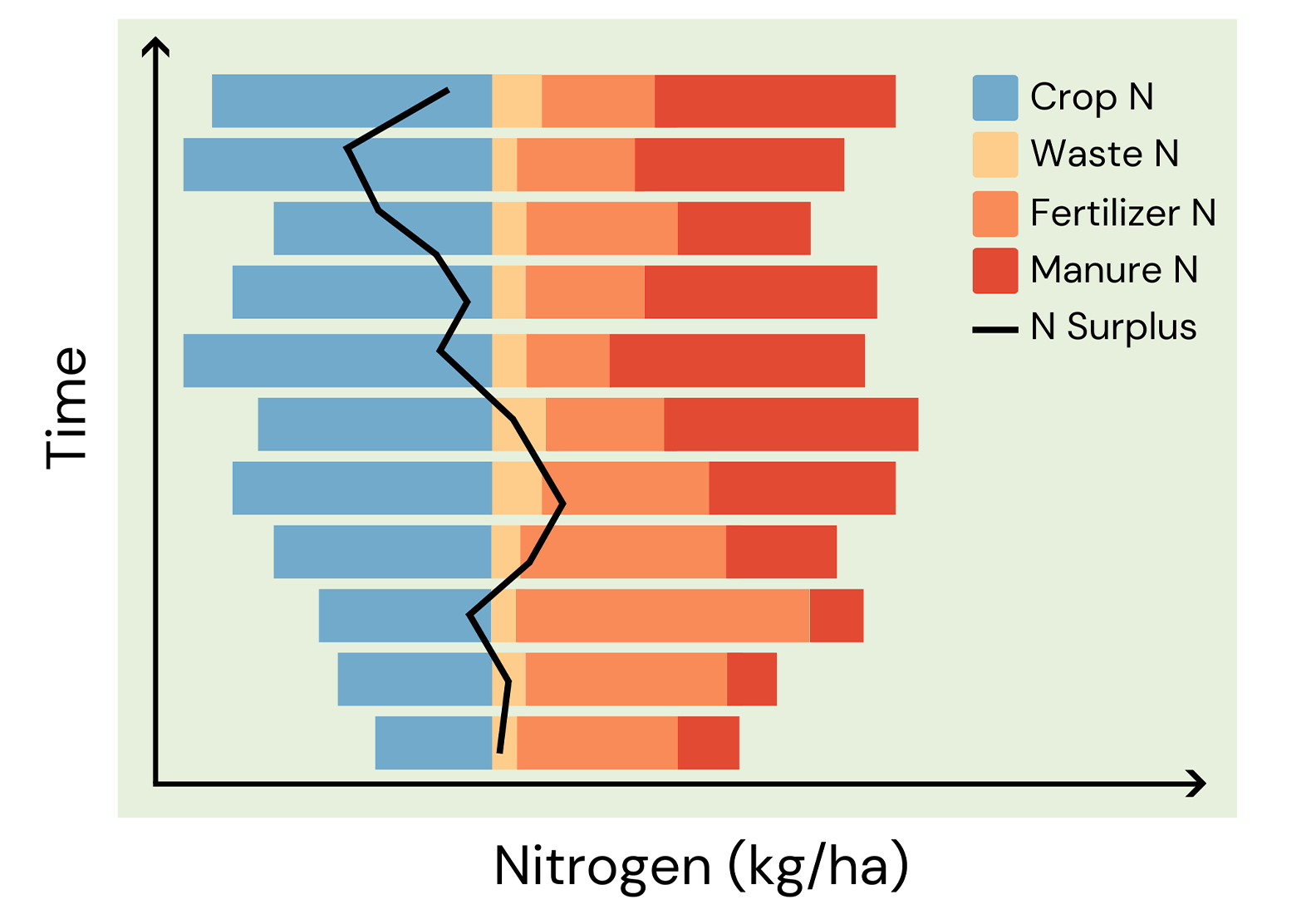
TREND (Tracking Nutrient Inputs and Outputs across Landscapes) is a multi-decadal dataset of nutrient
(nitrogen and phosphorus) inputs and outputs across the landscape. The long-term perspective allows us to
understand the role of current practices as well as the potential magnitudes of legacy nutrients that have
built up over decades.
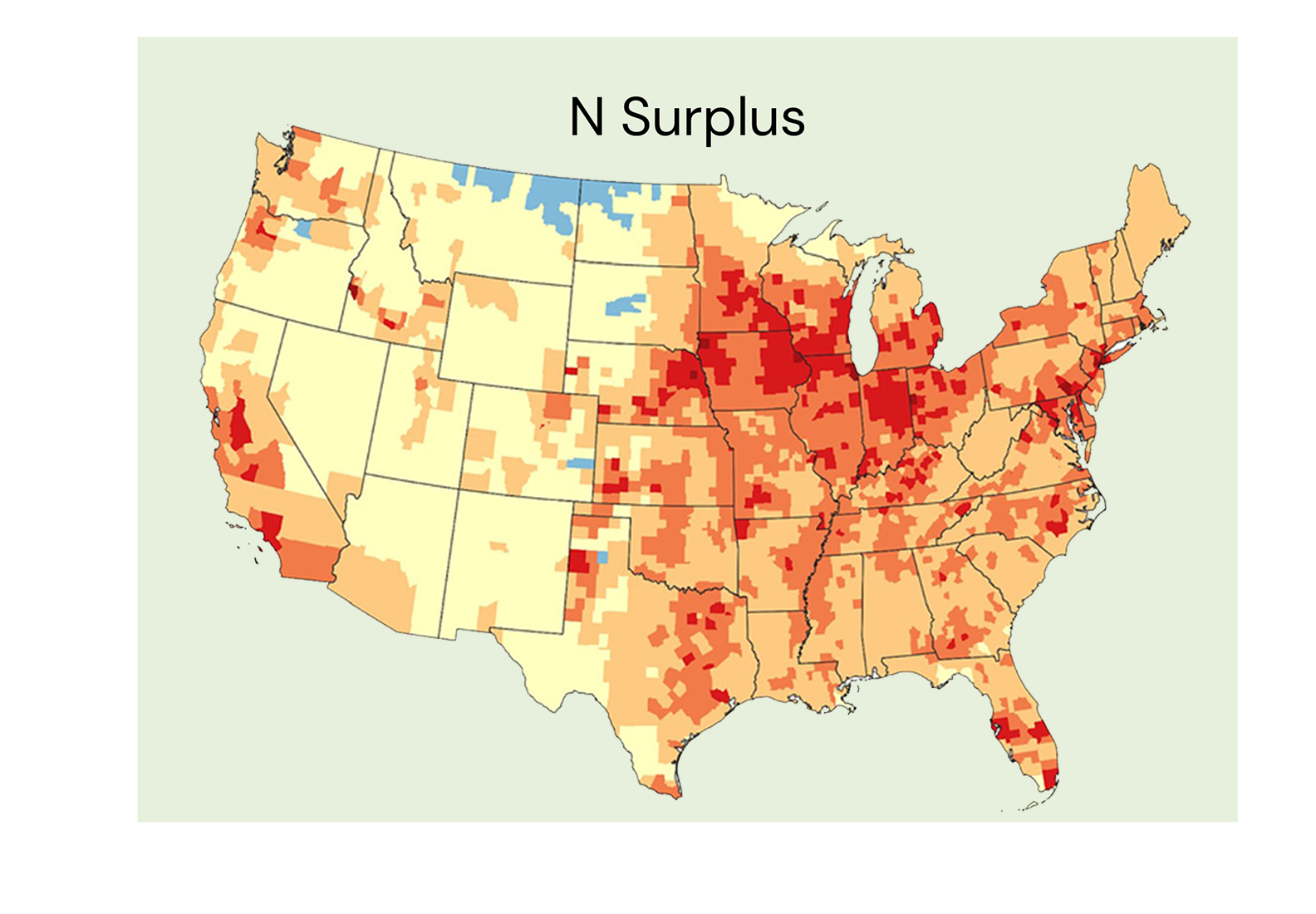
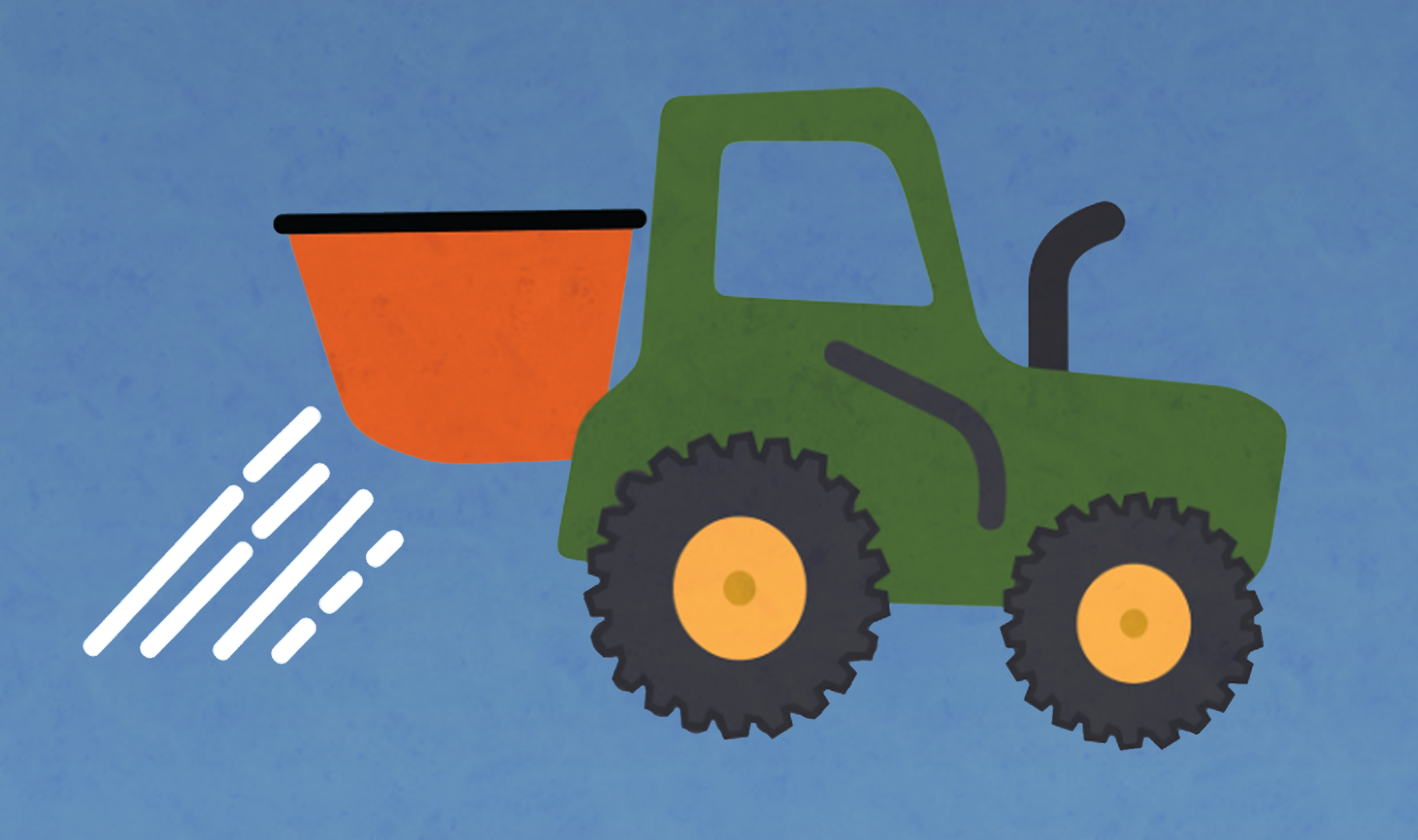
Synthetic fertilizer (nitrogen and phosphorus) applied to cropland and turfgrass.

Natural nitrogen fixation in forests and through leguminous crops like soybean.
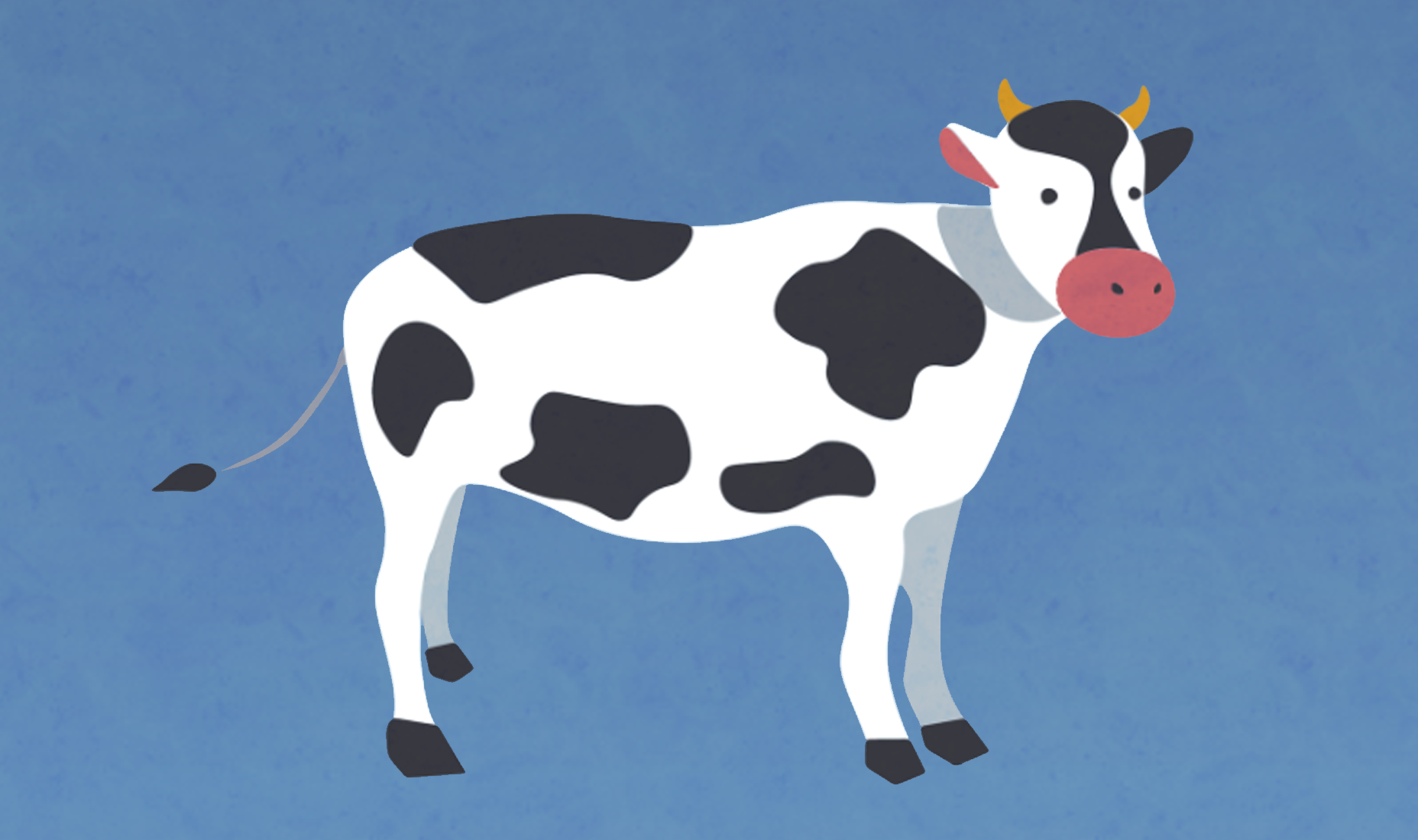
Manure excreted from livestock.

Human waste, including excretion and phosphorus in detergents.

Nitrogen and phosphorus deposited from the atmosphere through rainfall and dust.
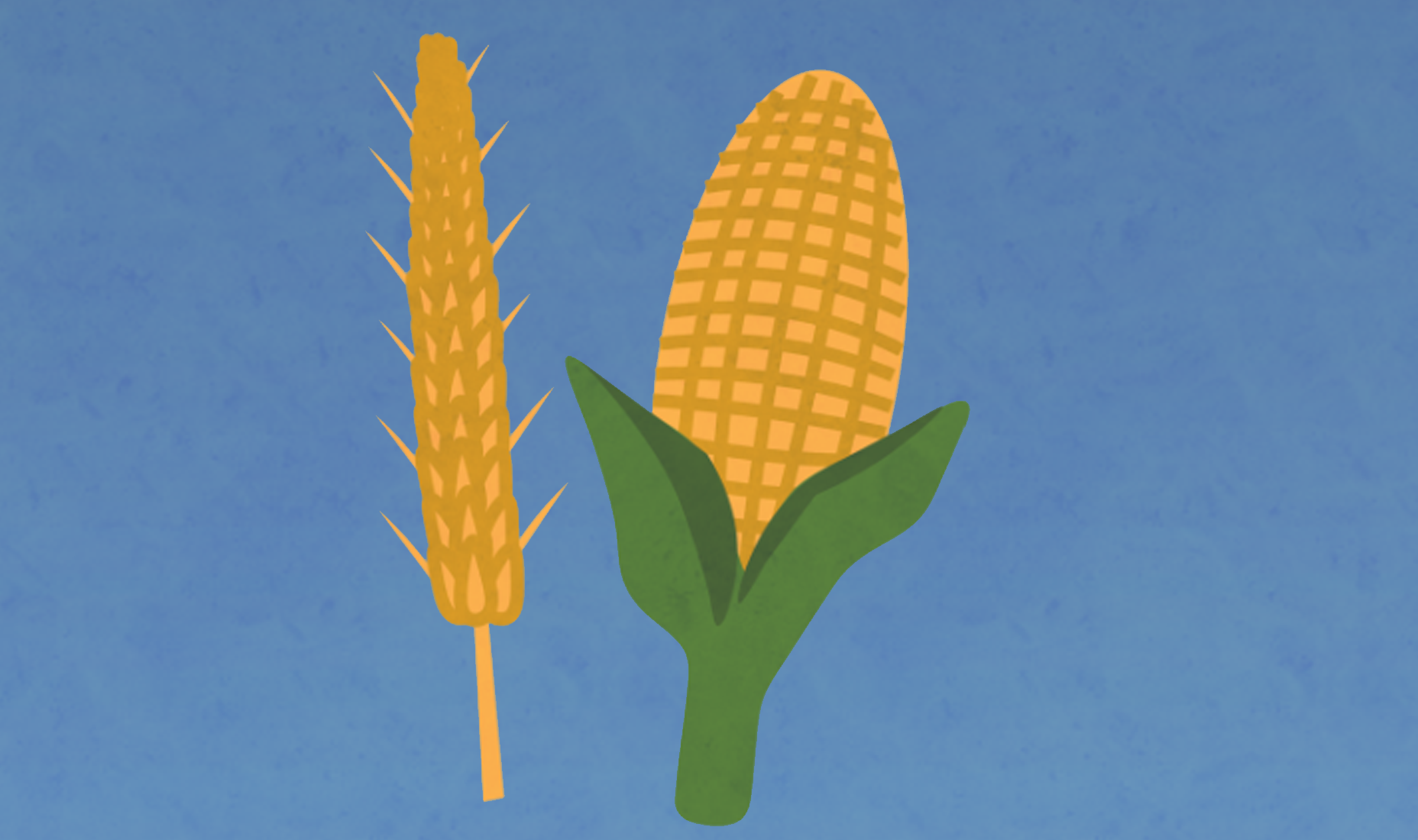
Nitrogen and phosphorus assimilated in crops.